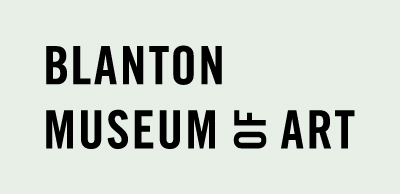Landscape with a Lighthouse
Primary
Esaias van de Velde
(Amsterdam, The Netherlands, 1587–The Hague, The Netherlands, 1630)
NationalityDutch, Europe
Datecirca 1624
MediumBlack chalk and brown wash on cream antique laid paper
DimensionsSheet: 4 15/16 × 6 5/8 in. (12.5 × 16.8 cm)
Credit LineBlanton Museum of Art, The University of Texas at Austin, Archer M. Huntington Museum Fund, 1980.55
Rights Statement
Collection AreaPrints and Drawings
Object number1980.55
On View
On viewLocations
Label Text- exhibition BMA, Gallery, A6 - Glickman Galleries
Esaias van de Velde is the father of Dutch landscape painting. Cultivating an explicitly realistic representation of nature, he established the early conventions and set the stylistic direction in Holland. This new vision was based upon a rejection of both the imaginary subjects preferred by the late Mannerists and their extreme stylization even when treating less fantastic views or motifs. Van de Velde essayed familiar reality in a deliberately simplified and unpretentious fashion. Characteristic, this drawing is one of about a dozen that survive from a dismembered sketchbook. The Mannerists’ layered and interpenetrated composition has yielded to a single diagonal that leads steadily across the dunes like a path. Their complex color scheme has been replaced by a uniform tonality that evokes natural light and palpable atmosphere. Moreover, van de Velde’s reality was not just familiar to the eye but specifically Dutch. Especially telling in this drawing, the low horizon, landmarks like the old lighthouse, and figures like the successful fishermen imply the sea comfortably nearby. Such drawings are among the first works to express the great pride of place in the recently independent Holland. In common with the work of Jan van Goyen and Pieter Molijn, this conception and these formal terms inaugurated the school’s most original and influential tradition.
Exhibitions















